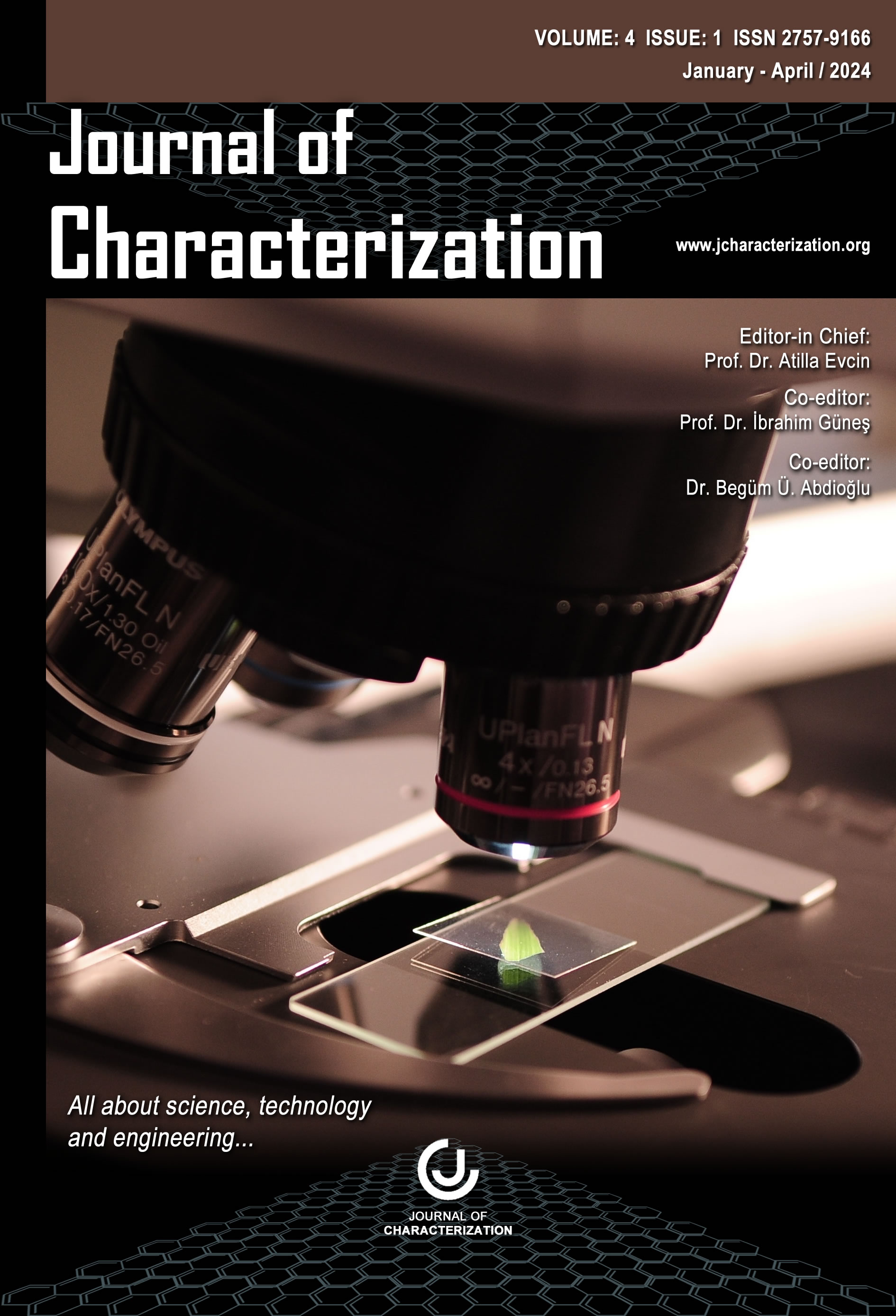Author :
Abstract
Keywords
Abstract
Recently, the application of inject printing technology has gained immense among professionals and researchers in material engineering, biology, chemistry electronics, and medical fields. With the ability to print various materials, as well as remarkable precision and speed, this technology has found significant application in the additive manufacturing process. The primary objective of this paper revolves around analyzing 3D geometry while placing a strong emphasis on materials and structural aspects within this domain. The main goal of this paper is to eliminate conventional coating methods like lithography, focusing on adhering to established standards and maintaining the quality of previous techniques. To achieve this aim, it is imperative to establish a seamless synergy between the chosen mechanical structure and materials. A significant hurdle in 3D printing lies in fabricating intricate geometries. To address this issue, support structures are employed, which must be removed once the printing is finished. These supports can be printed using dissolvable materials. The process of constructing layers using separate print heads contributes to this structural complexity. This component triggers the expulsion of ink from the nuzzle. The process of forming a district droplet is inherently contingent upon the viscosity of the ink element integrated with the nozzle. This component triggers the expulsion of ink from the nozzle. The process of forming distinct droplets is inherently contingent upon the viscosity of the ink and its ability to adhere to specific parameters. The successful printing of various materials relies on achieving the optimal viscosity and resistance characteristics of the ink. Additionally, this paper shows the utilization of heater and ultrasonic technologies to expand the range of printable materials. This versatile technology is capable of accommodating a broad array of materials, encompassing nanoparticles, cells, polymers, and pigments that can be either dissolved or dispersed within a fluidic medium. Furthermore, incorporating conductive ink into this technology opens up the potential for its application in the field of printable electronics.





